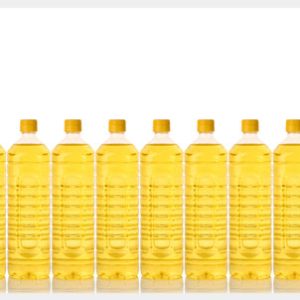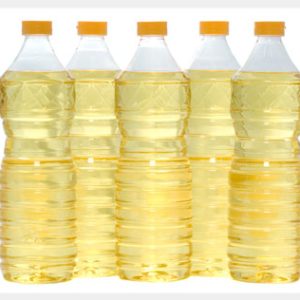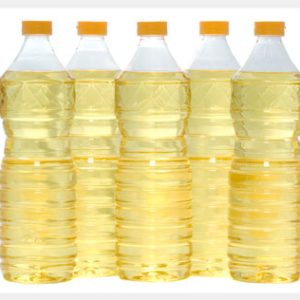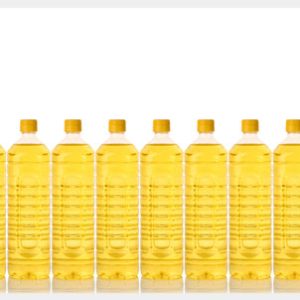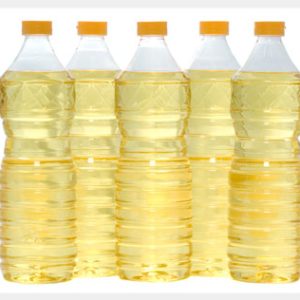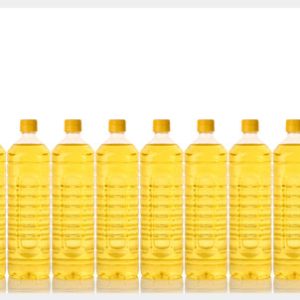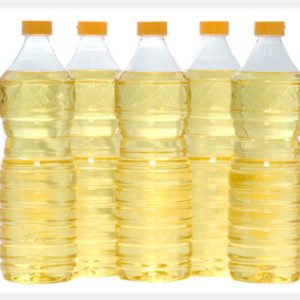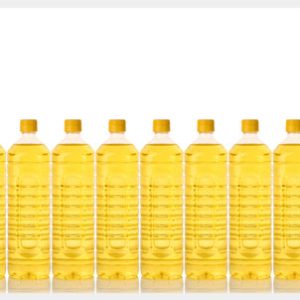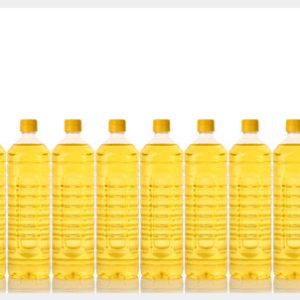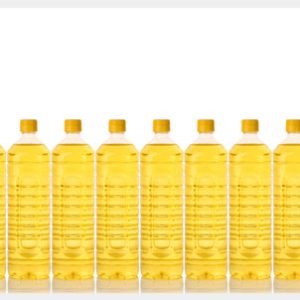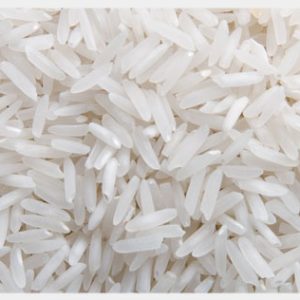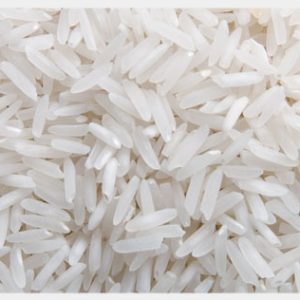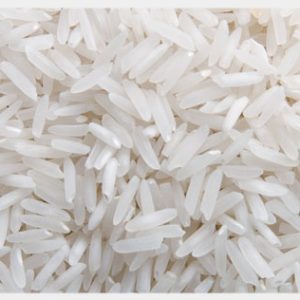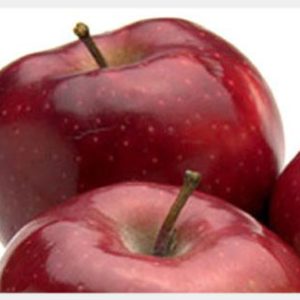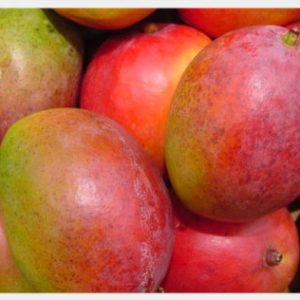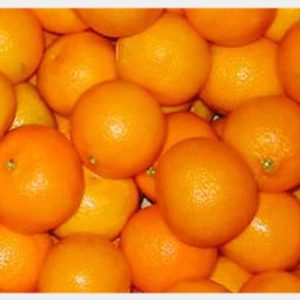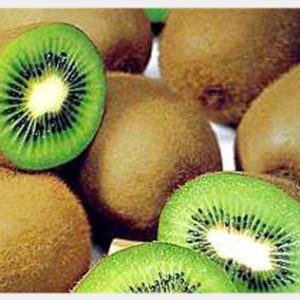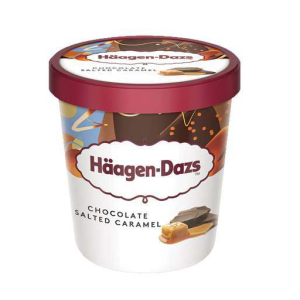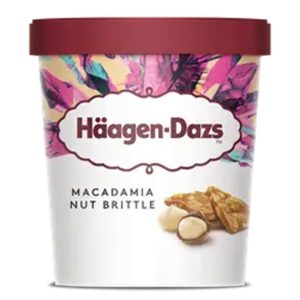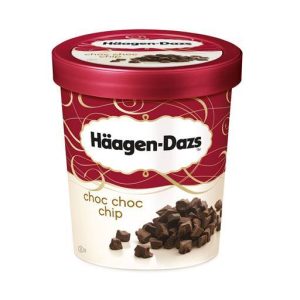No products in the cart.
Shop
-
Canola oil
Canola oil is the preferred oil for use in both countries because it is the oil lowest in saturated fats. Canola meal is the by-product of canola oil processing. It is used as a high-protein feed ingredient in the rations of poultry, swine, cattle and fish.
These food and feed applications are possible through strict procedures used in the processing of canola seed into oil and meal. This document describes the processing methodologies that are used by the canola industry to produce high quality oil and meal products.
The production of edible vegetable oils including canola oil involves two overall processes, mechanical pressing and extraction, and further processing to remove impurities. The techniques used are similar for most vegetable oils produced from the seeds of plants. The crushing and extraction processes utilized by the canola industry today produce very little change to the fatty acid profile of the oil and the nutritional qualities of the meal.
-
Castor Oil
Uses of Castor Oil
Food Industry: Food Grade Castor Oil is widely used in the food processing industry. It is used as food additives, lavorings, candy (i.e., chocolate), as a mold inhibitor, and also in packaging. The food stuff industries also use polyoxyethylated castor oil (eg. Cremophor EL) as a vehicle for oral and intravenous administration of water-insoluble compounds
Uses in Medicinal Science: From centuries, castor oil has been widely used as home remedy for many disorders. This unsaturated fatty acid contains ricinoleic acid, a unique subtance with great healing capabilities. Ricinoleic acid inhibits the growth of many viruses, bacteria, yeasts and molds. The most common and most frequent of the medical uses for castor oil are the way it is used for treating constipation. Application of the castor oil is also beneficial in cases of ringworm, keratoses, skin inflammation, abrasions, fungal infections, and acne. One study has found that castor oil decreased pain more than ultrasound gel or vaseline during extracorporeal shock wave application.
-
Celery seed oil
A crunchy biennial plant, Celery is a herb in the Apiaceae family, which has been cultivated for centuries in various forms. It was primarily cultivated for its medicinal properties; but now it has become the part of daily diet of consumers around the world. All parts of a celery plant are edible and usable including the root, also known as celeriac, crisp stalks, seeds, and feathery green leaves. Its leaves are also used as seasoning in preparing many recipes.
Celery is a biennial plant in the family apiaceae, and is related to dill, carrots, fennel, and parsley. It requires deep, well drained soil with plenty of organic matter and a pH between 6.5 and 7.5. Its leaves are finely divided and light to dark green in colour. The flowers are creamy-white which are 2-3 mm diameter and produced in dense compound umbels. The seeds are broad ovoid to globose, 1.5-2 mm long and wide
-
Corn Oil
Corn Oil Composition
Refined corn oil contains 99% triglyceride, with proportions of approximately 59% polyunsaturated fatty acid, 24% monounsaturated fatty acid, and 13% saturated fatty acid.The following chart itself explains the nutritional value of corn. It comprises of:
- Carbohydrate 80 %
- Protein 10 %
- Oil 4-5 %
- Fibrous 3-5 %
- Mineral 2 %
-
Cotton Seed Oil
Oil Contents
Like other vegetable oils, cottonseed oil doesn’t contain cholesterol in its natural unhydrogenated state. However, it does contain over 50% Omega-6 fatty acids and only trace amounts of Omega-3 fatty acids. It also contains about 1% sterculic acids and malvalic acids in its crude form. Other contents of the cottonseed oil are:
- Palmitic acid: 22-26%
- Oleic acid: 15-20%
- Linoleic acid: 49-58%,
- Arachidic / behenic and lignoceric acid: 10%.
-
Olive Oil
Types of Olive Oil
There are three main types of olive oils. They are classified into the following as per the International Olive Oil Council, a premier body which deals with olive- The first type of olive oil is the Extra Virgin Olive Oil. This oil is rich in flavour and is the best quality. It is extracted by an process whereby the olives are first pressed or crushed to extract the liquid oil. This requires the least amount of processing
- The second type of oil used is the Virgin Olive Oil. It is extracted from the first pressing alone and is of a reasonably good quality.
- The third type is the Pure Olive Oil. This type of oil undergoes chemical treatment and other refining or filtering procedures so that the taste, flavour and the richness of olive oil is brought out. Refined and pure olive oils are combined in this process.
- Another heavily processed form of the oil is the extra light olive oil and it is different from the original to a large extent in taste and flavour.
-
Palm Oil
Uses of Palm Oil
As much as 90% of the palm oil produced finds its way into food products, while remaining 10% is consumed by various industries. It is widely used preparing margarine, shortening, and vegetable cooking oil. In many parts of the world, it is still consumed in its unrefined state to obtain a distinctive colour and flavour. Palm oil is extensively used in preparing dry cake mix used for baking biscuits, cakes and sponge cakes, soaps, sauces, fat substitutes, etc. Recently, palm and kernel oils have been increasingly used as biodiesel fuel. -
Peanut Oil
Culinary Uses
Peanut oil is one of the widely used vegetable oils of the world. A pretty common cooking oil in Asian countries, this oil is also used in western countries. It also has numerous applications in Asian cooking. In west, it is widely used for frying foods, particularly french fries, turkey and chicken. This edible oil is often used in salad dressings, marinades, and baked goods.It is the most widely used cooking oil in the South Indian state of Andhra Pradesh. It is one of the healthiest cooking oils for day to day needs and a tablespoon (approximately 15 grams) of peanut oil has just under 120 calories. In China, the peanut oil used is less refined, retaining a little bit more of the protein of the peanut and producing a stronger peanut flavor.
-
Soyabean oil
Culinary Uses
It is widely used in the food industry for preparing variety of products including:- Breads
- Margarine
- Snack Foods
- Mayonnaise
- Salad Dressings
- Sandwich Spreads
- Non-dairy Coffee Creamers, etc.
-
Sunflower Seed oil
Sunflower oil contains predominantly linoleic acid in triglyceride form. Its major contents are:
- Palmitic acid : 4 – 9%
- Stearic acid : 1 – 7%
- Oleic acid : 14 – 40%
- Linoleic acid : 48 – 74%
-
Pakistan Rice-White
Different types of Pakistani rice:
- Pakistan Basmati Rice 1121 Silky.
- Pakistan Basmati Rice Parboiled 1121 Silky.
- Pakistan Basmati Rice Super Kernel Silky.
- Pakistan Basmati Rice Super Kernel Parboiled.
- Pakistan Basmati Rice 386 Silky.
- Pakistan Basmati Rice 386 Parboiled Silky.
- Pakistan IRRI-9 Parboiled Rice Silky.
- Pakistan IRRI-6 Parboiled Rice Silky.
- Pakistan IRRI-6 Silky Broken 5%.
- Pakistan IRRI-6 Broken 25%.
- Pakistan 100% Broken Rice.
-
Indian Rice-Basmati
Rice Verities in India
- Organic Basmati Rice
- Brown Basmati Rice Dehradooni
- Basmati Rice Supreme Quality
- Basmati Rice A Grade
- Basmati Rice B Grade
- Parboiled Basmati Rice
- Long Grain Raw Rice 5, 10, 15, 20, 25, 35, 100% broken
- Long Grain Parboiled Rice 5, 10, 15, 20, 25, 35, 100% broken
- Long Grain Silky (Water Polished) Rice
- Medium Grain Rice – Raw and Parboiled
- Round / Short Grain Rice – Raw and Parboiled
-
Vietnam Rice
In 2010, Vietnam is a leading rice producer and exporter in the world. However, a few decades ago, the rice situation in Vietnam was in stark contrast to what it is today. In the 1960s, the country imports rice due to a largely stagnant domestic production. The adoption of high-yielding rice varieties that helped increase Asia’s rice production did not flourish as expected as it was interrupted by the Vietnam War. It was not until after the war in 1975, that Vietnam embarked on the road to rice self-sufficiency and it never looked back since – achieving sufficiency in 1985 and the succeeding years.
-
Mango
Iron Content
Mangoes have high iron content, and are used as a treatment for anemia in some countries, according to soymilkquick.com. The website also contends that those who have muscle cramps, stress and heart problems could benefit from the fruit’s high potassium and magnesium.
Vitamins, Minerals
The website organicfacts.net said mangoes and mango juice are high in Vitamin C and Vitamin A, along with traces of vitamins E, B and K. The fruit also has copper and potassium, and traces of magnesium, manganese, selenium, calcium, iron and phosphorus.
-
Oranges
Health benefits of oranges
- Nutrients in oranges are plentiful and diverse. The fruit is low in calories, contains no saturated fats or cholesterol, but is rich in dietary fiber, pectin, which is very effective in persons with excess body weight. Pectin, by its action as bulk laxative, helps to protect the mucous membrane of the colon by decreasing its exposure time to toxic substances as well as by binding to cancer causing chemicals in the colon. Pectin has also been shown to reduce blood cholesterol levels by decreasing its re-absorption in the colon by binding to bile acids in the colon.
- Oranges, like other citrus fruits, is an excellent source of vitamin C (provides about 60% of DRI); Vitamin C is a powerful natural antioxidant. Consumption of foods rich in vitamin C helps body develop resistance against infectious agents and also, scavenge harmful, pro-inflammatory free radicals from the blood.
- Orange fruit contains a variety of phytochemicals. Hesperetin and Narigenin are flavonoids found in citrus fruits. Naringenin is found to have a bio-active effect on human health as antioxidant, free radical scavenger, anti-inflammatory, and immune system modulator. This substance has also been shown to reduce oxidant injury to DNA in vitro studies.
- Oranges also contain very good levels of vitamin A, and other flavonoid antioxidants such as alpha andbetacarotenes, betacryptoxanthin, zeaxanthin and lutein. These compounds are known to have antioxidant properties. Vitamin A also required for maintaining healthy mucus membranes and skin and is also essential for vision. Consumption of natural fruits rich in flavonoids helps body to protect from lung and oral cavity cancers.
- It is also a very good source of B-complex vitamins such as thiamin, pyridoxine and folates. These vitamins are essential in the sense that body requires them from external sources to replenish.
- Orange fruit also contains a very good amount of minerals like potassium and calcium. Potassium in an important component of cell and body fluids helps control heart rate and blood pressure.
-
Kiwi
Kiwi fruits have a high fiber content
The high content in dietary fiber helps improving diseases such as diabetes, by controlling sugar levels, and colon cancer, since fiber binds to toxic compounds in the colon and helps us expel them.
Fiber has also been proven to reduce cholesterol levels, improving the conditions of patients with cardiovascular diseases and lowering the probability of heart attacks.
-
Haagen Dazs chocolate salted caramel 500ml
Pint
Häagen-Dazs Chocolate Salted Caramel Ice CreamSavour the delicious combination of smooth chocolate ice cream with a decadent salted caramel swirl and salted caramel brittle.
-
Haagen Dazs Macadamia Nut Brittle Ice Cream 500ml
Try a spoonful of paradise. Delight in our classic vanilla ice cream with a little added bite.
-
Haagen Dazs Choc Choc Chip Ice Cream 500ml
Discover double chocolate heaven with this pint of choc fudge chips enveloped in sumptuously rich chocolate ice cream. This ice cream has it all. A chocolate lover's dream.


